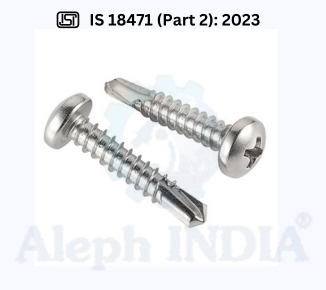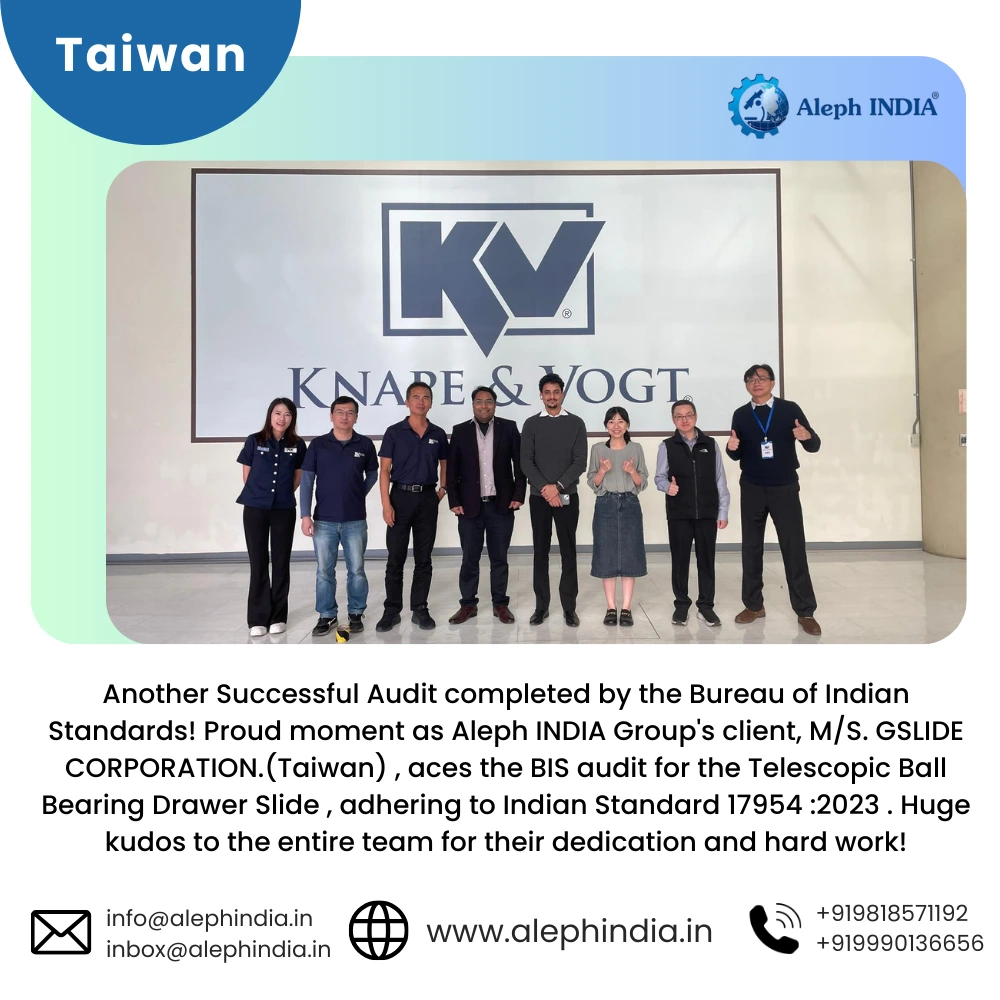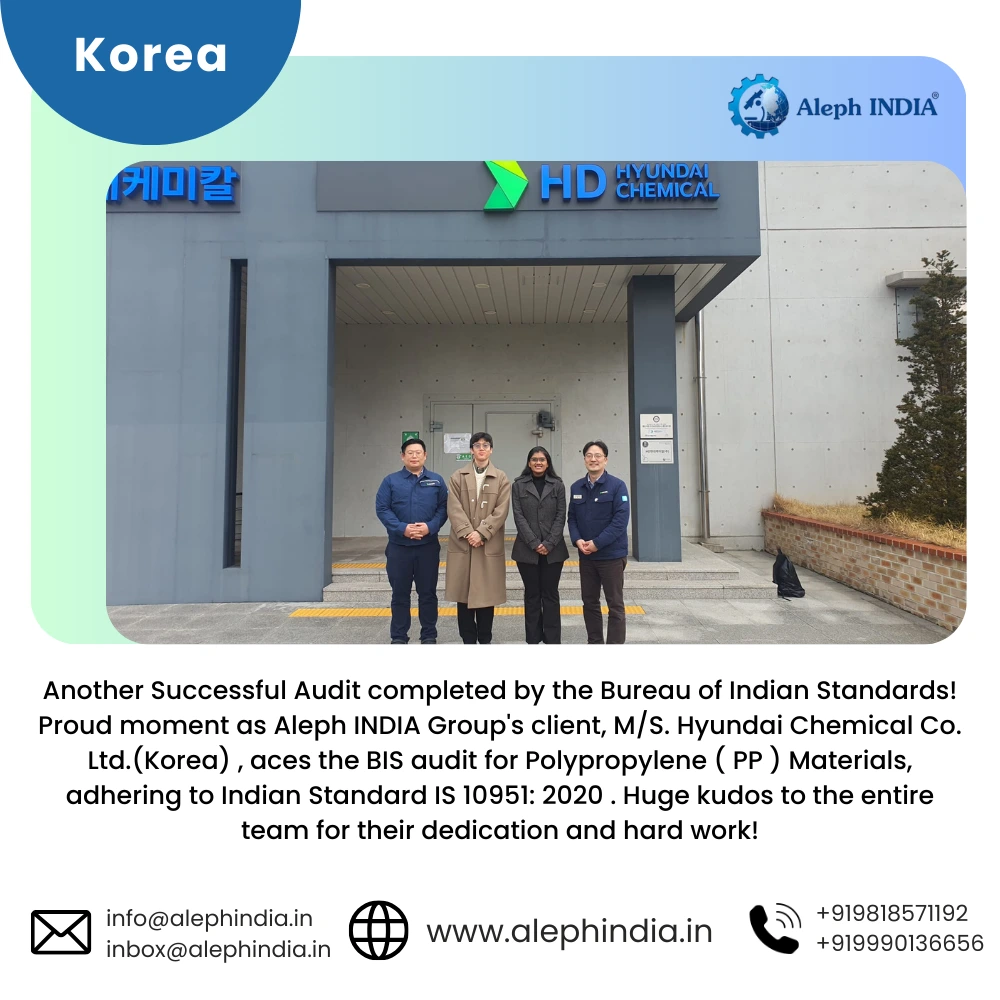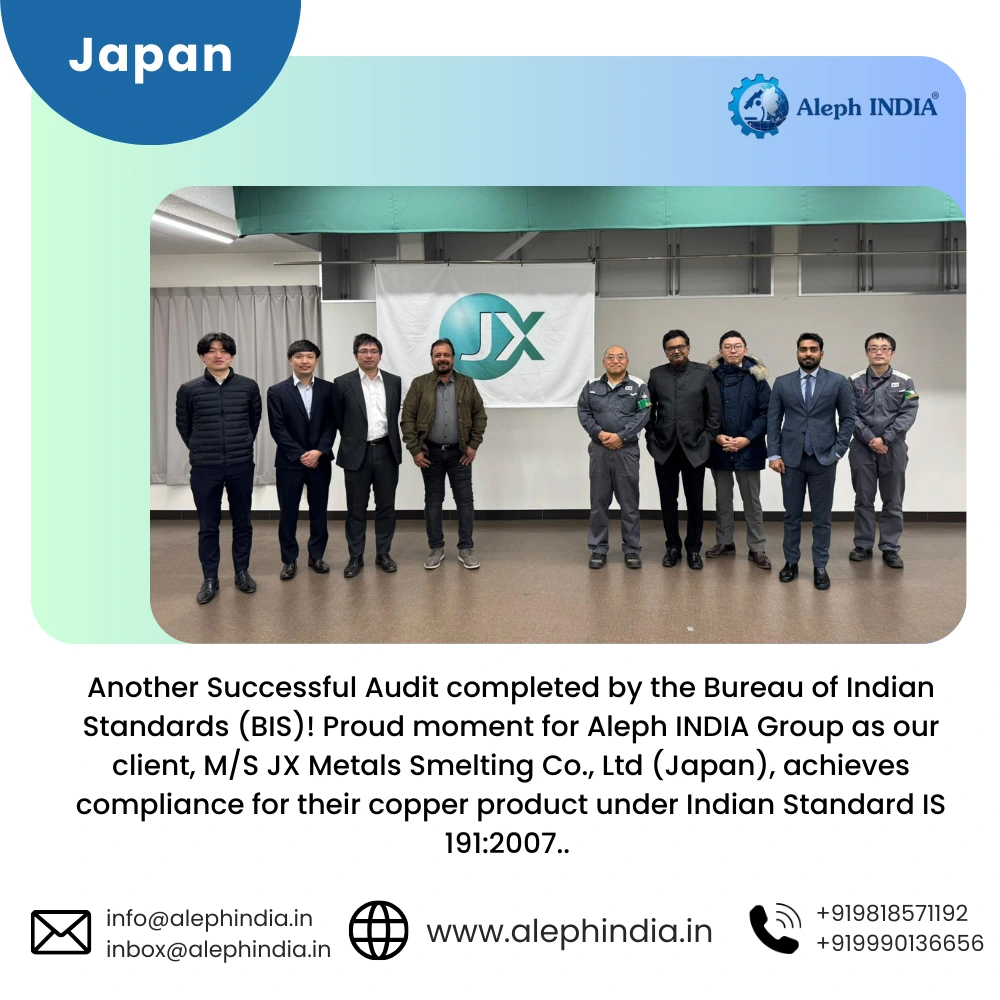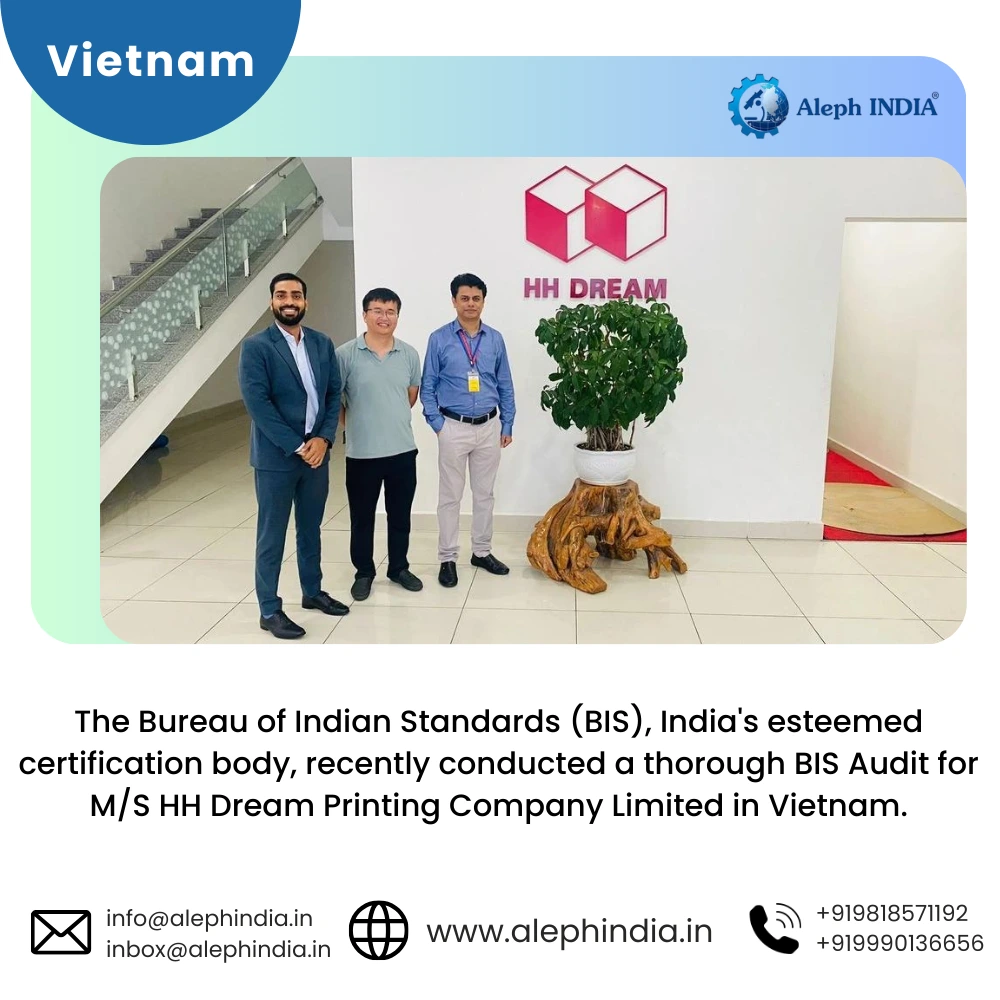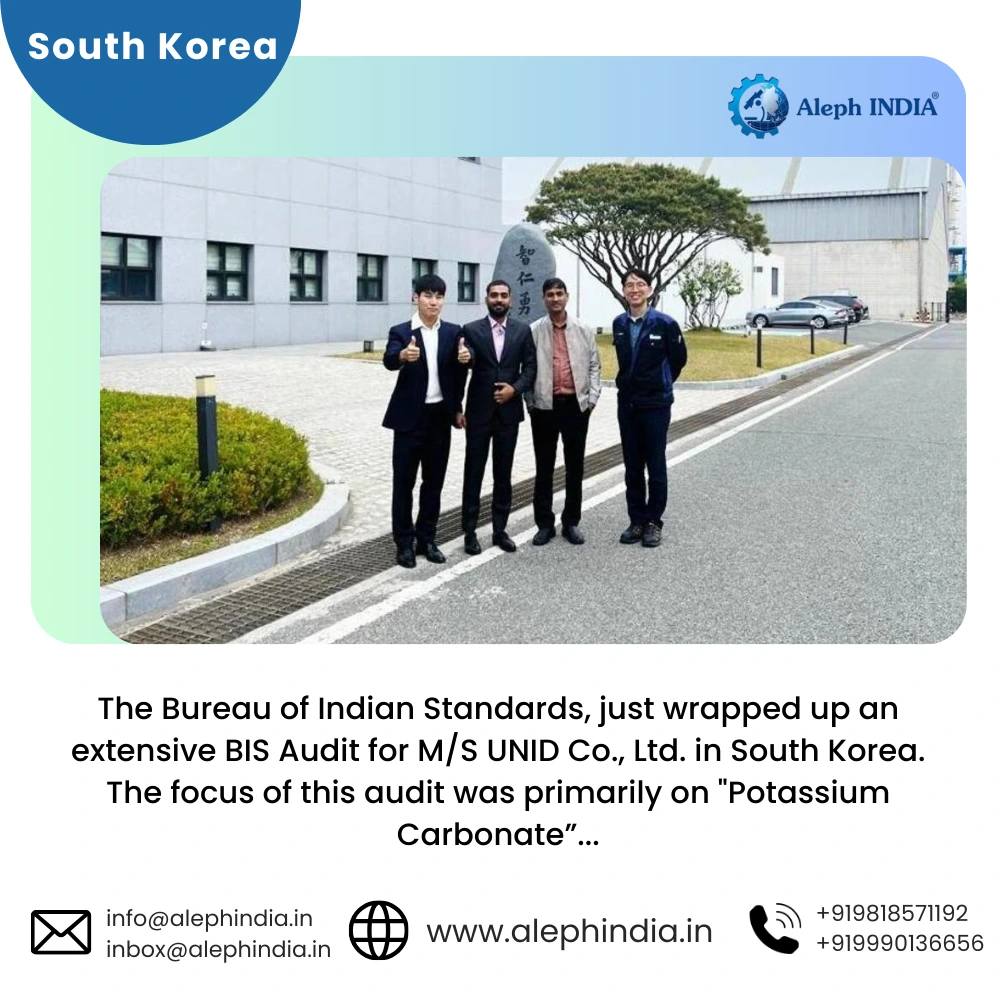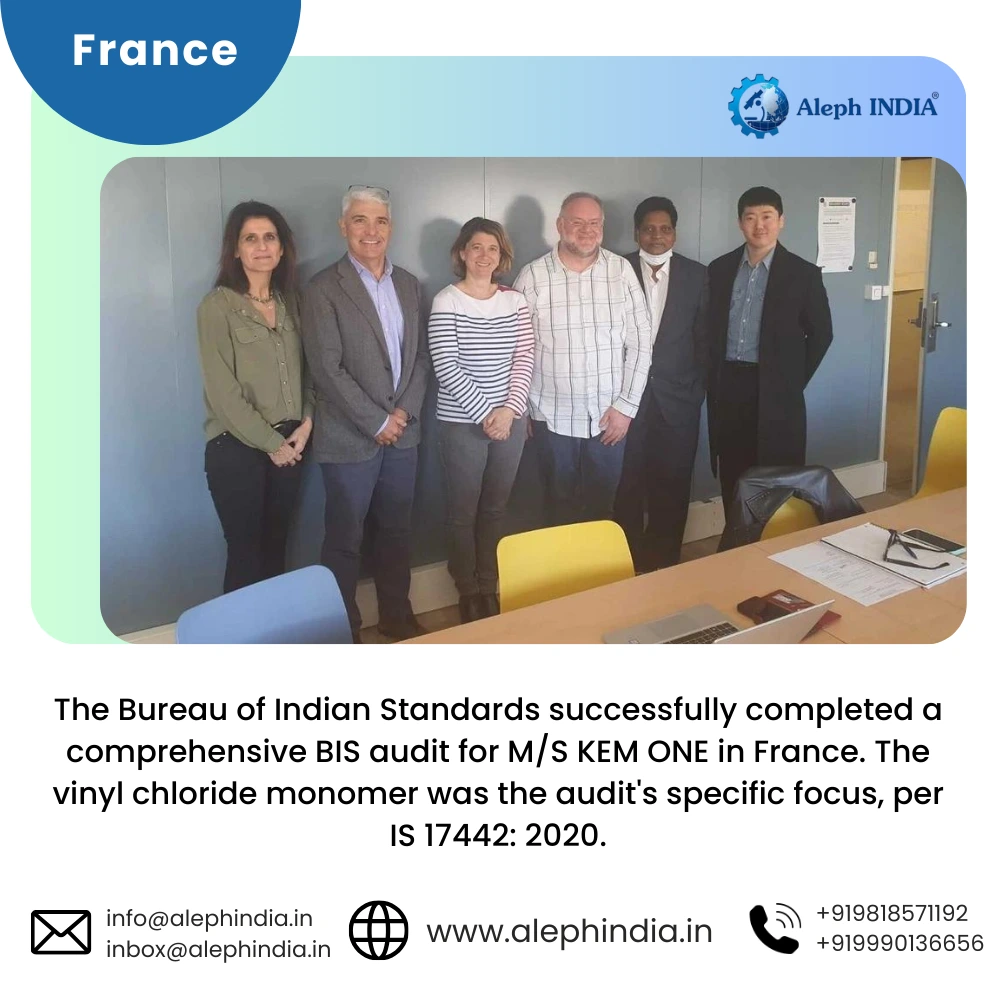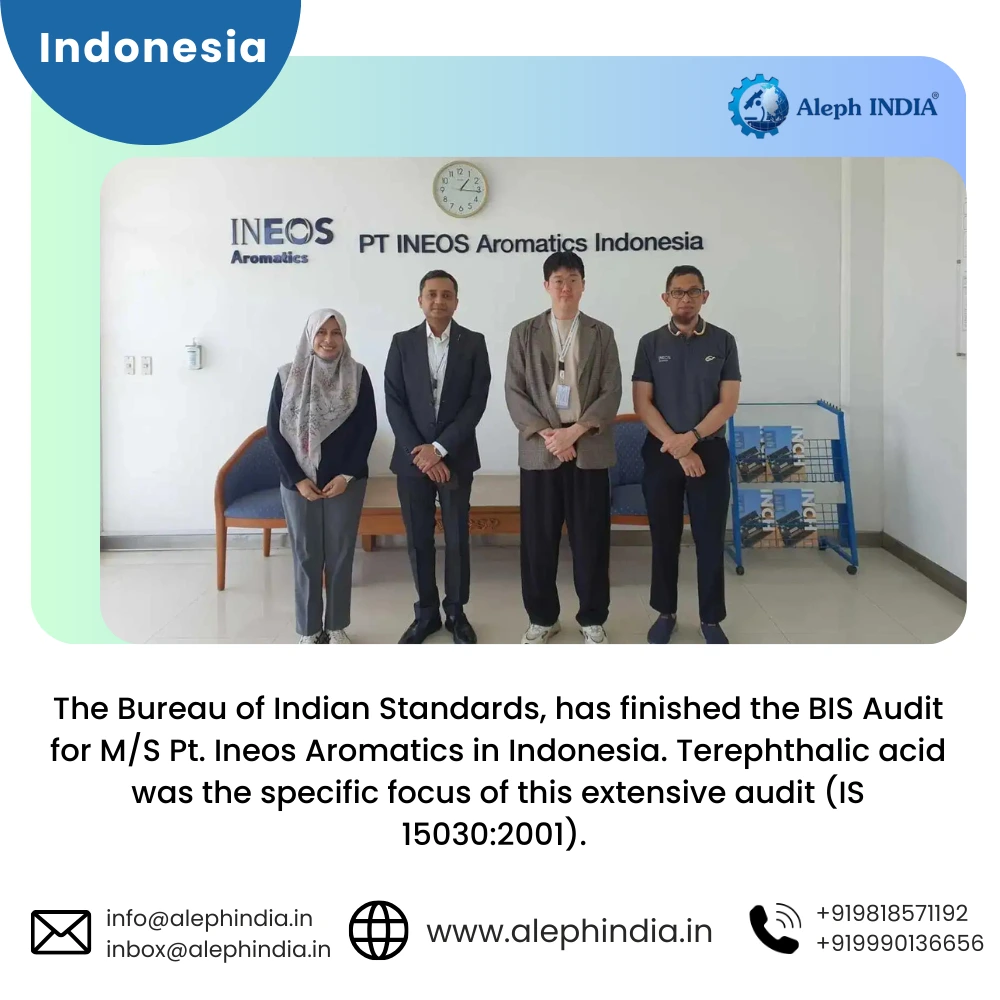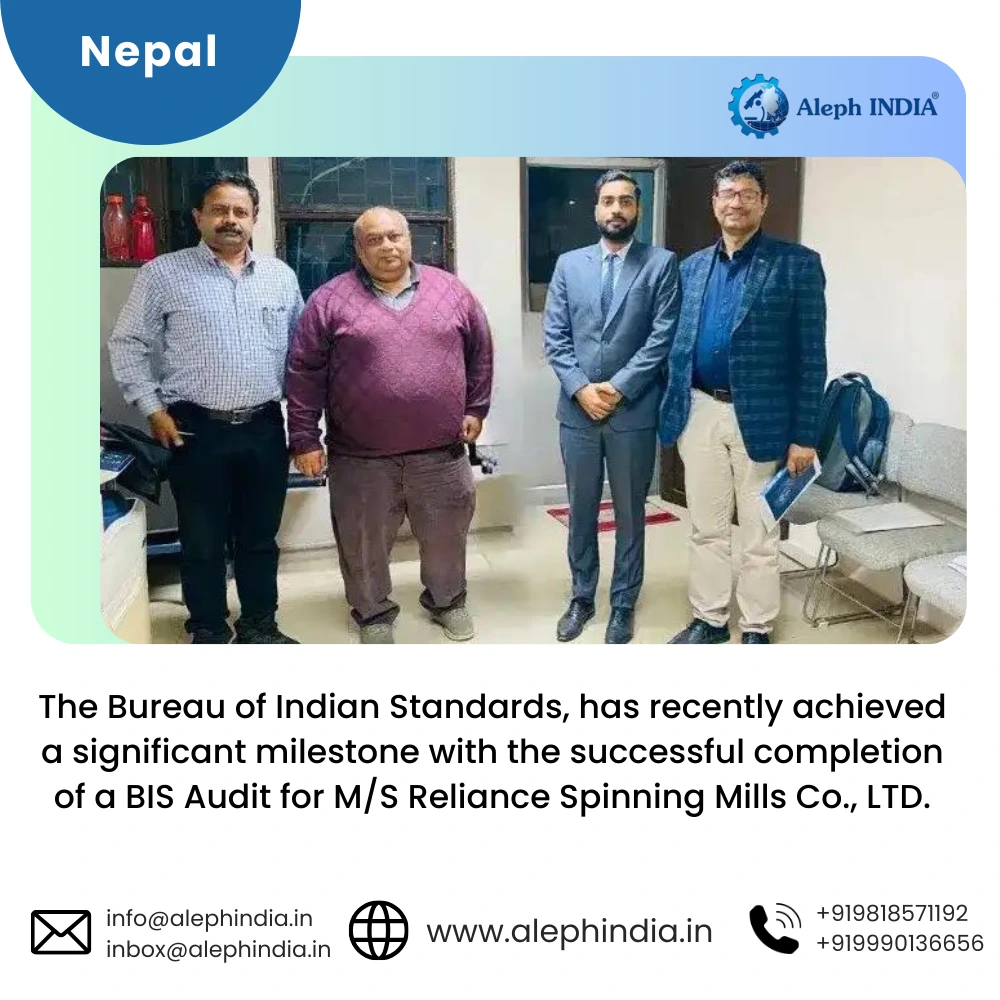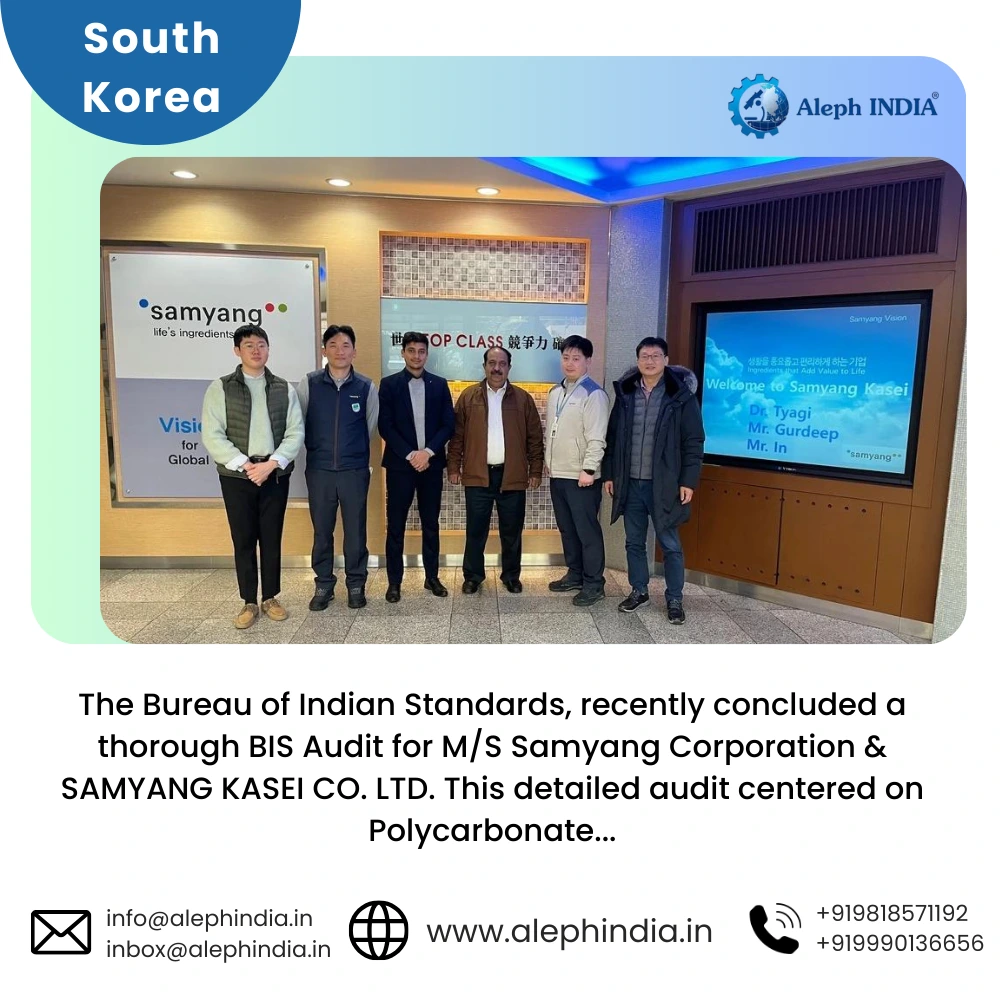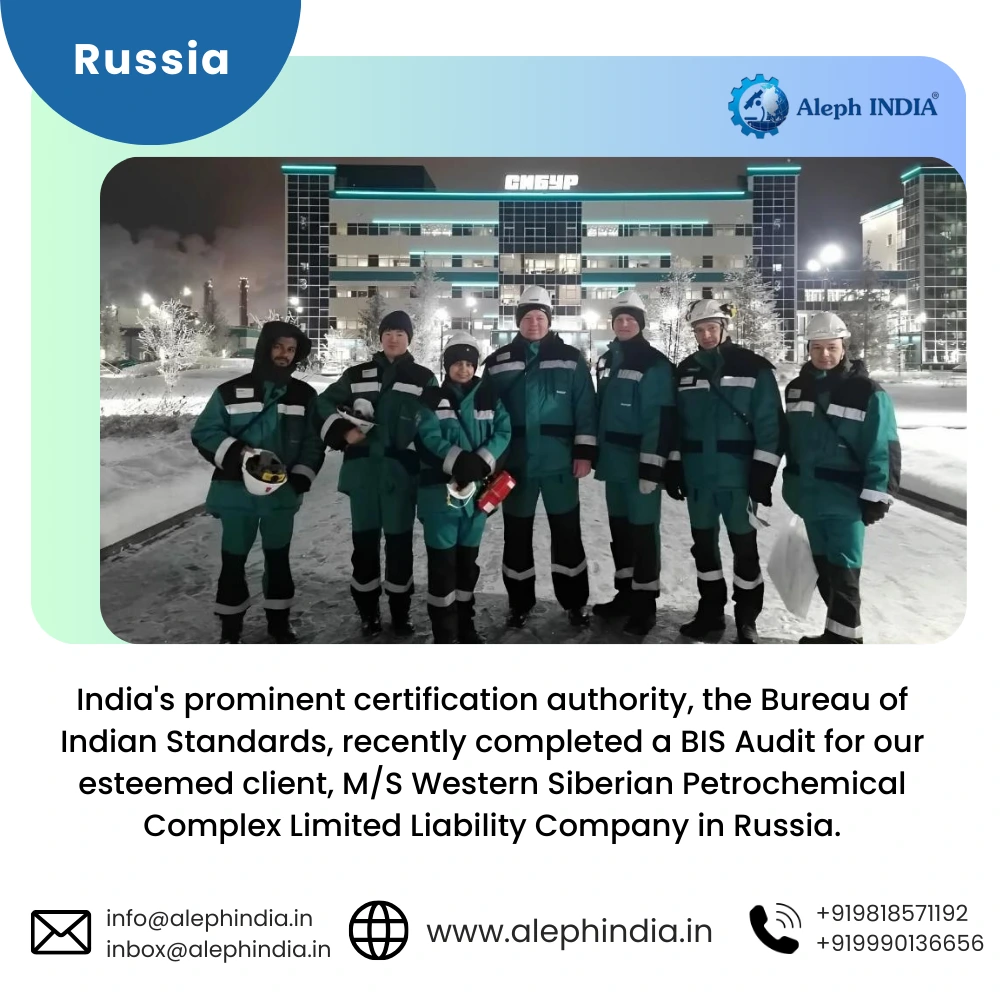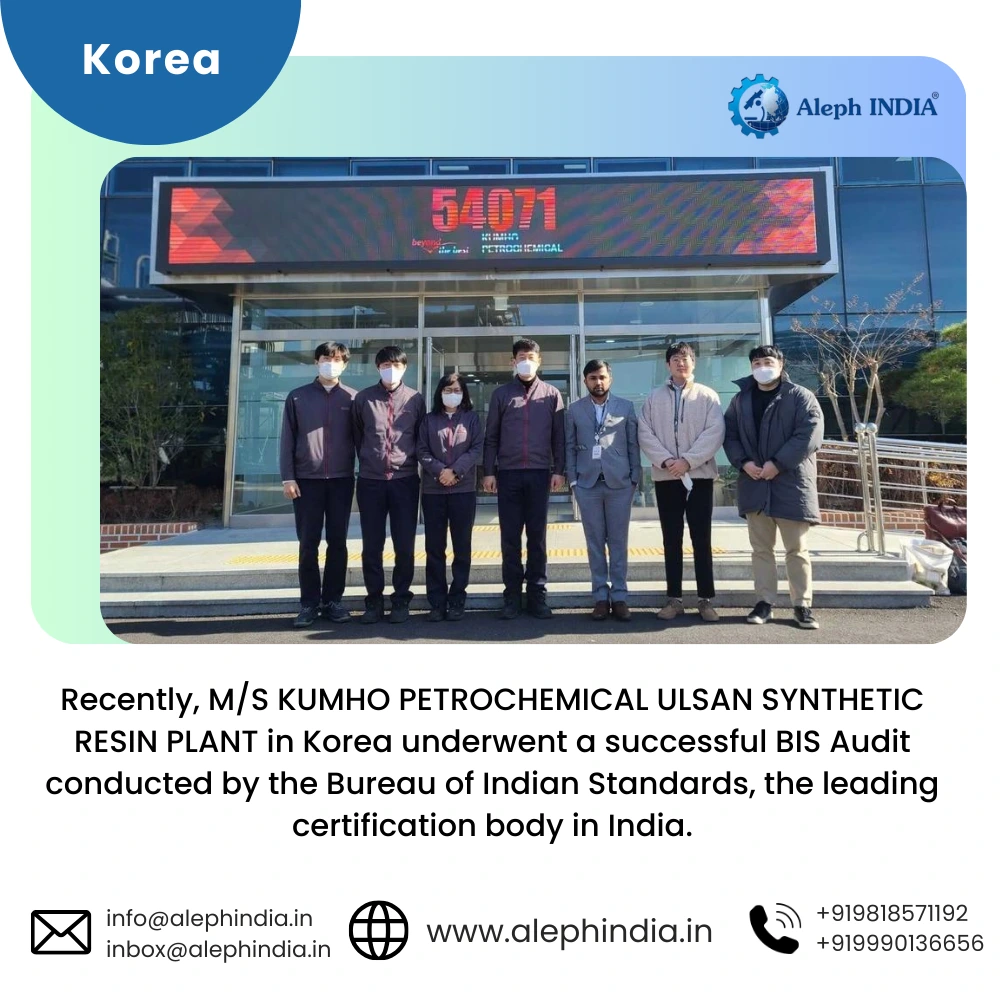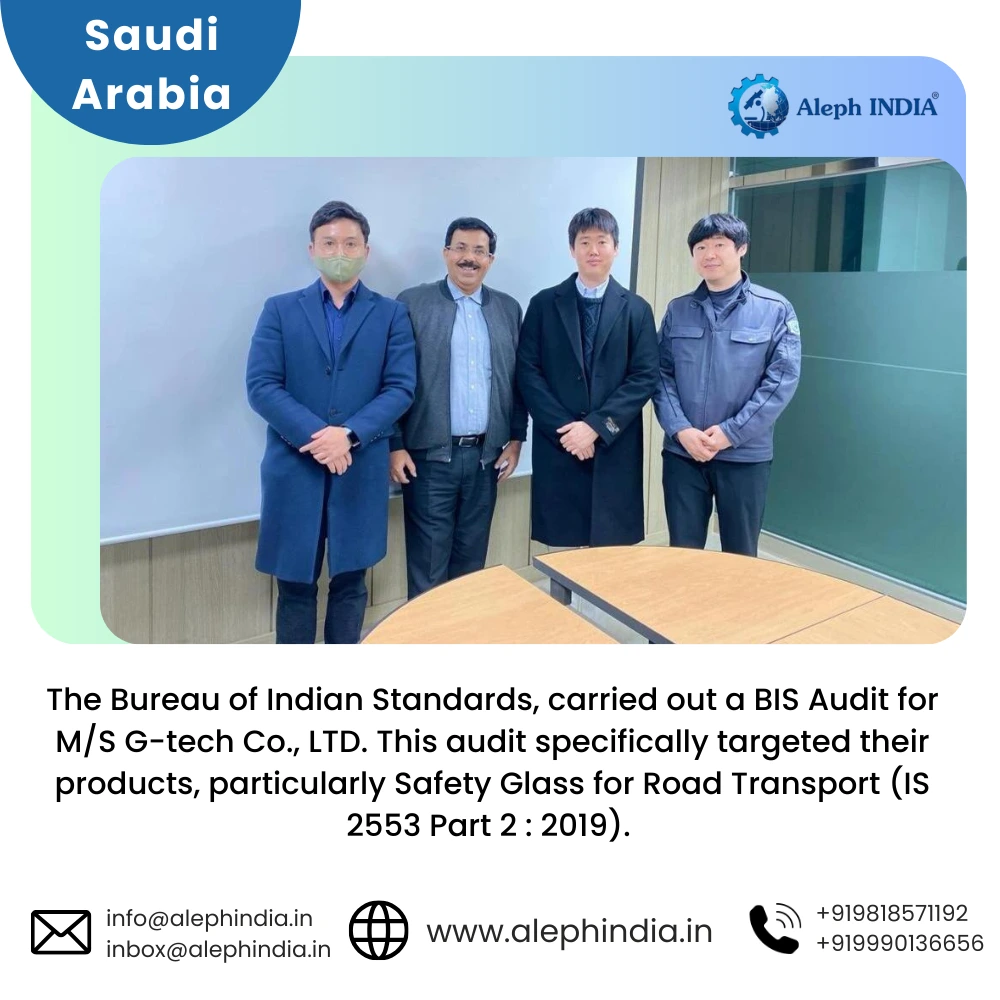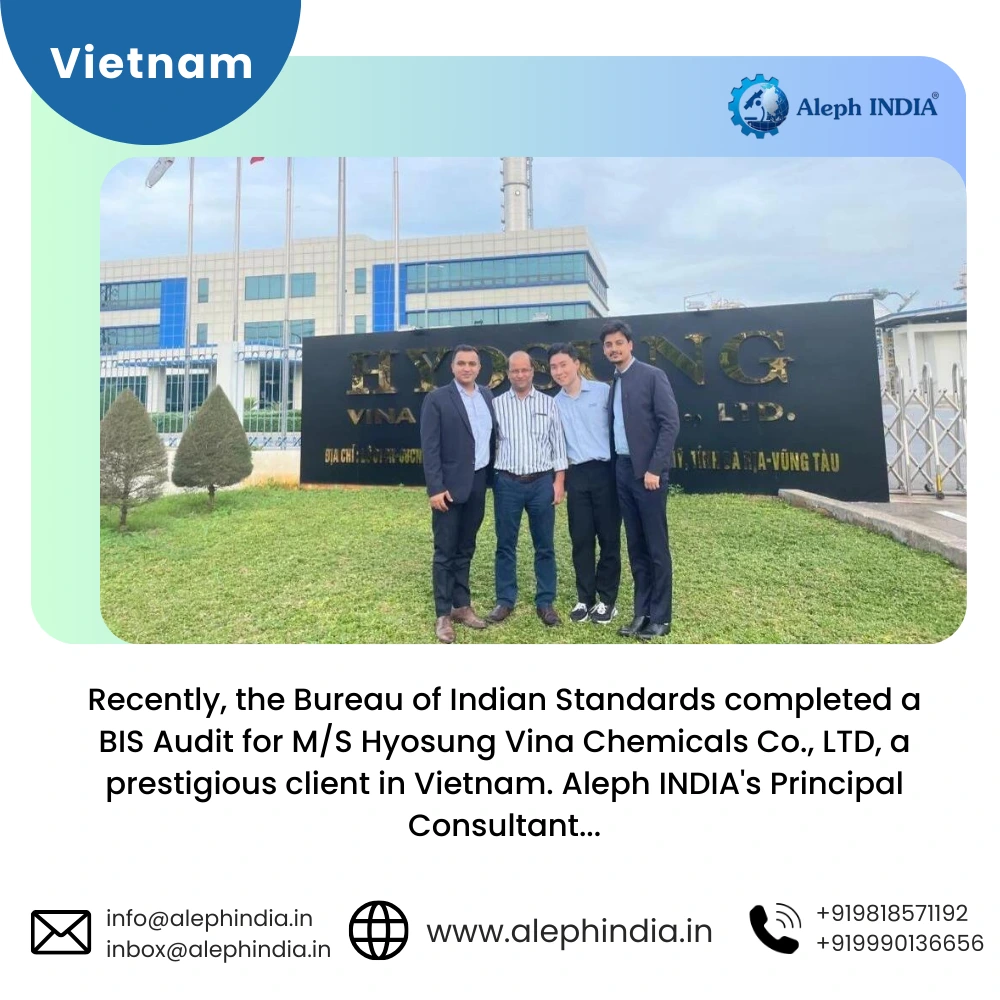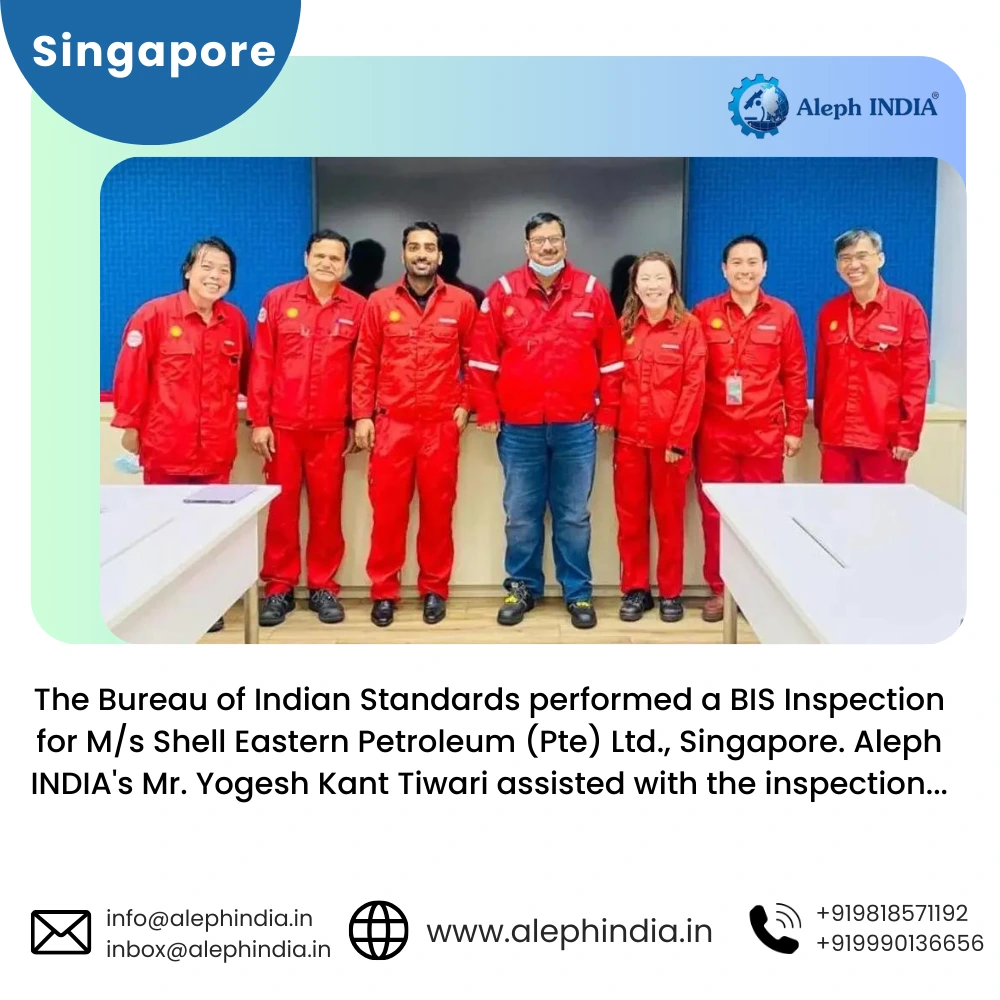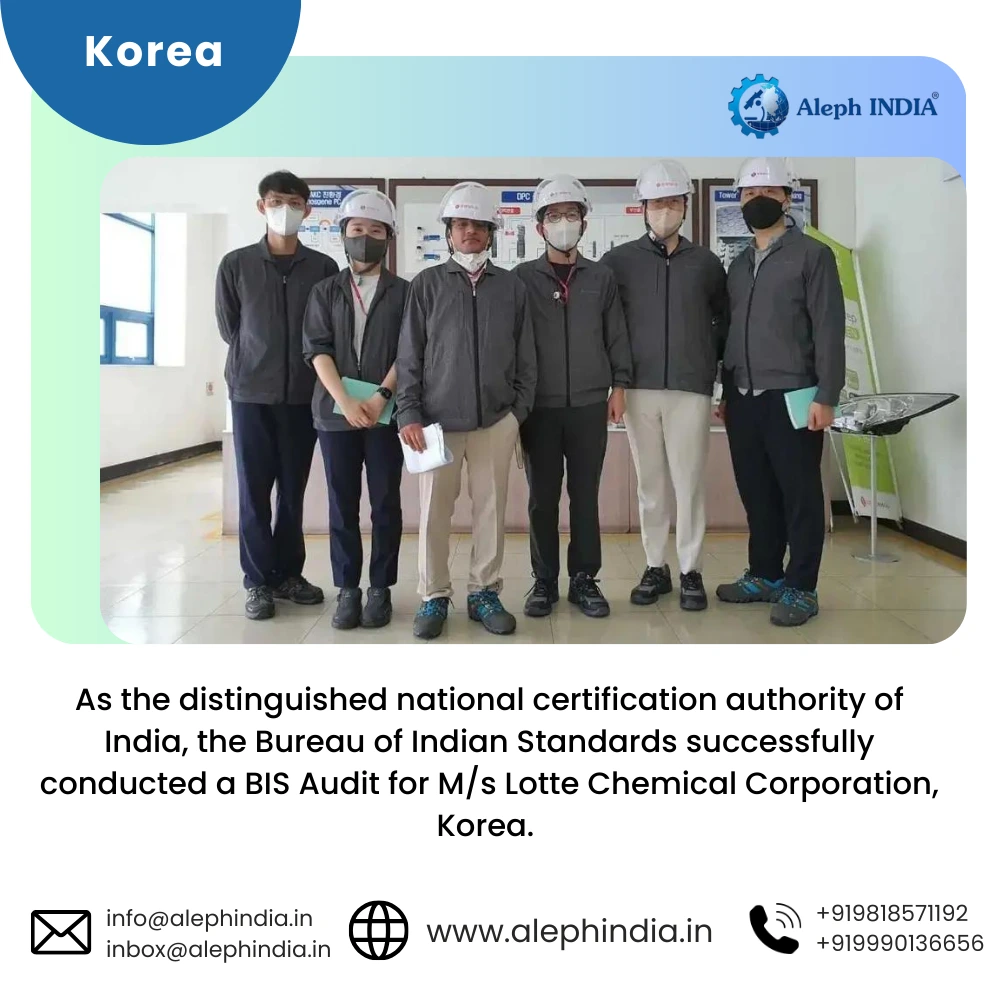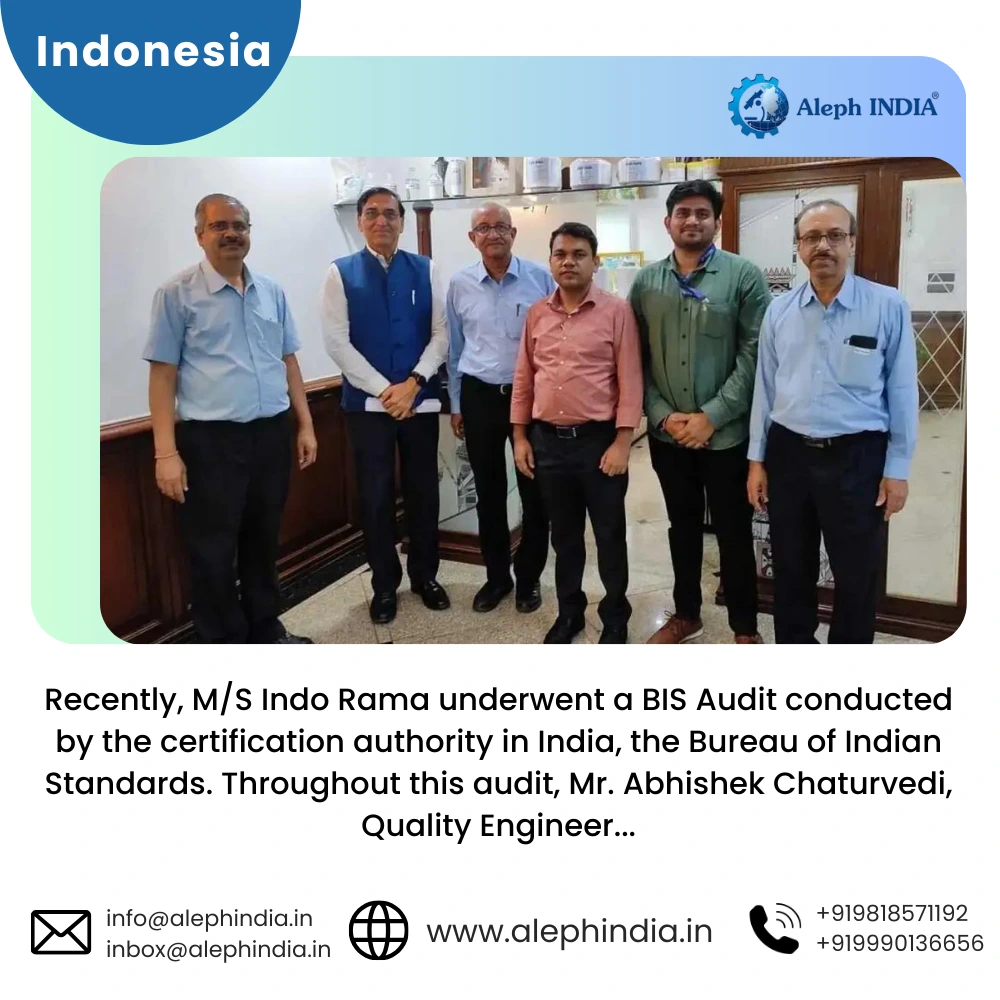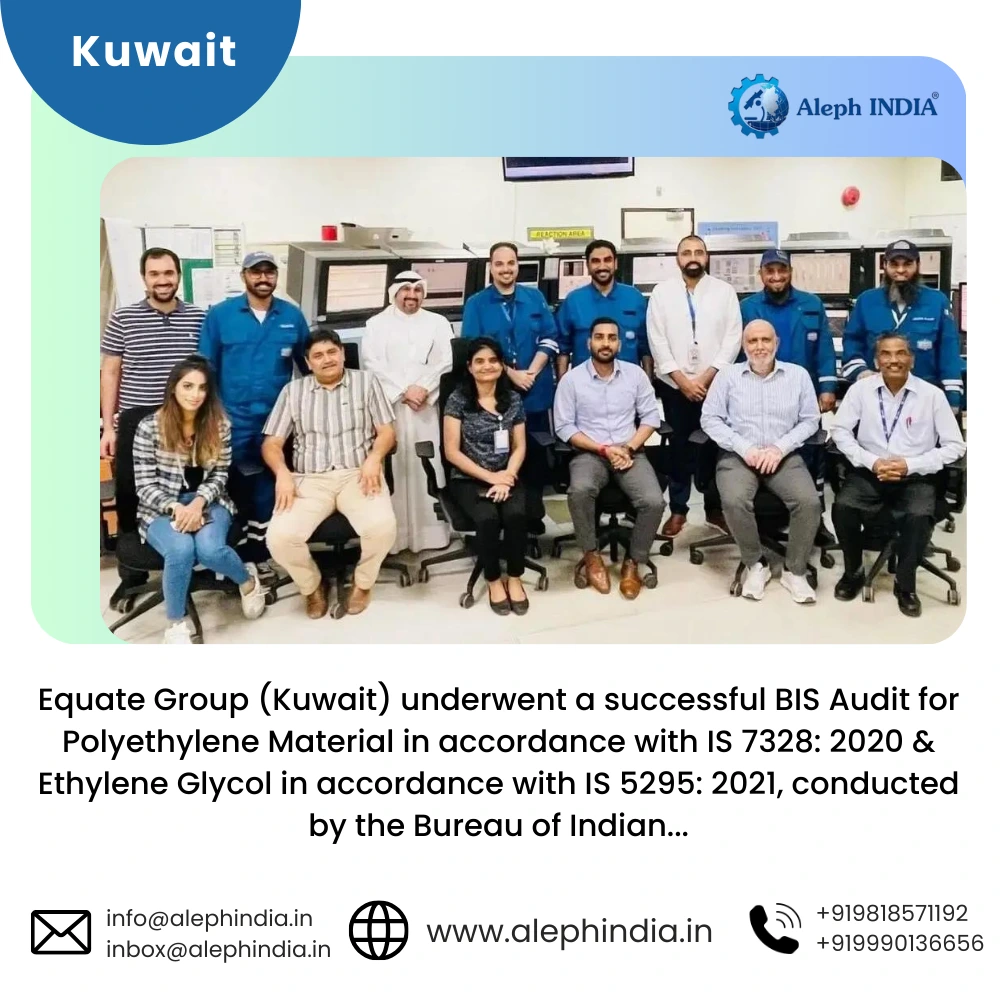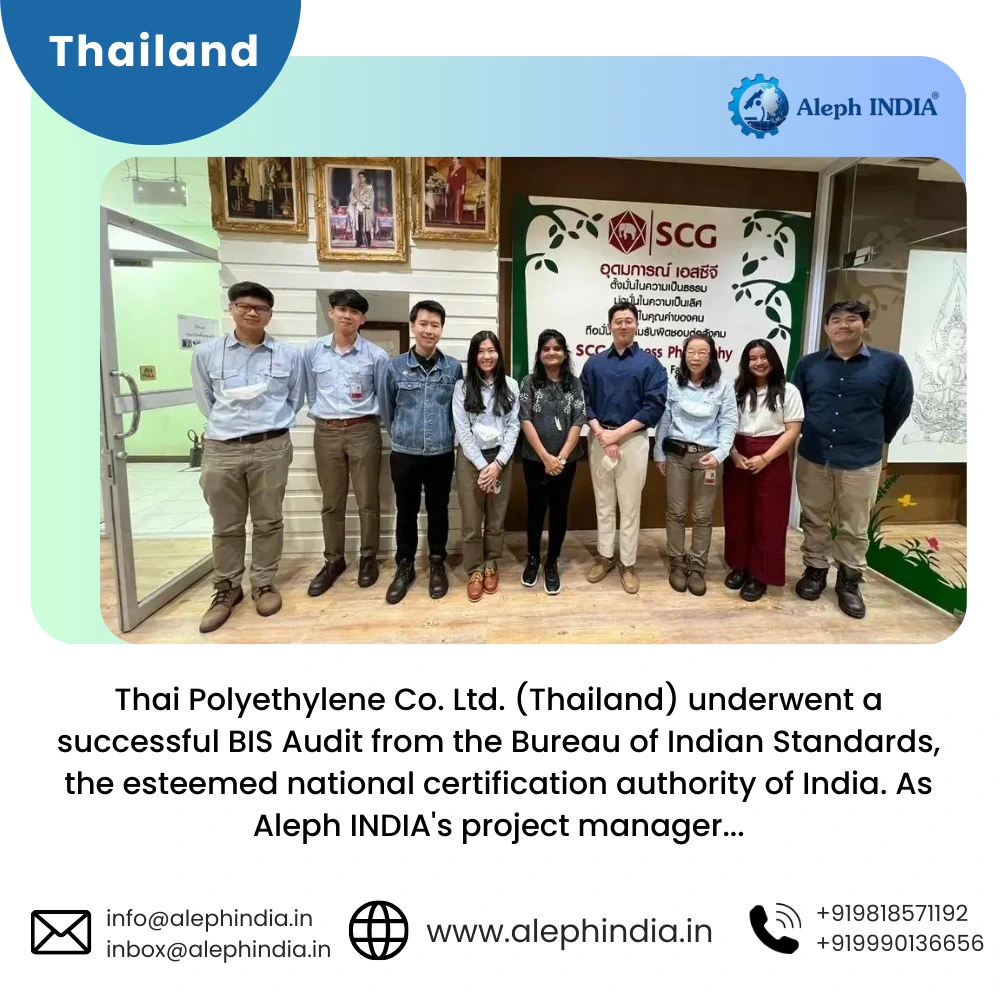BIS CERTIFICATION FOR FASTENERS - CROSS RECESSED DRILLING SCREWS WITH TAPPING SCREW THREAD - PART 2 COUNTERSUNK HEAD IS 18471 (Part 2)
Published Date: December 24, 2024 4 min Read
Introduction
ISI/BIS Certification is mandatory for Cross Recessed Drilling Screws with Tapping Screw Thread (Part 2: Countersunk Head) as per IS 18471 (Part 2): 2023. This standard ensures that these screws meet stringent quality and performance requirements, making them reliable for diverse applications in industries such as construction, manufacturing, and automotive sectors. Cross recessed drilling screws are valued for their precision, durability, and efficient performance in fastening tasks, ensuring structural integrity and ease of use. By complying with IS 18471 (Part 2): 2023, manufacturers demonstrate their commitment to producing screws that adhere to high standards of material quality, dimensional accuracy, and mechanical strength, ensuring dependable and long-lasting performance in various applications.
IS 18471 (Part 2): 2023 – Cross Recessed Drilling Screws with Tapping Screw Thread, Countersunk Head
IS 18471 (Part 2): 2023 specifies detailed requirements for the manufacture and testing of cross recessed drilling screws with tapping screw threads and countersunk heads. The standard outlines specifications for material properties, thread dimensions, recess depth, and head shape to ensure optimal performance. The classification involves comprehensive testing, including assessments for tensile strength, torque, and corrosion resistance, validating the screws' suitability for demanding environments. These tests ensure that the screws maintain structural integrity and performance under various conditions, including exposure to stress and environmental factors.
BIS Certificate for Cross Recessed Drilling Screws – IS 18471 (Part 2): 2023 from BIS
The BIS certification for Cross Recessed Drilling Screws under IS 18471 (Part 2): 2023 signifies compliance with essential quality and performance standards. Certified screws are trusted for their precision, strength, and reliability, enhancing consumer confidence and market acceptance. Obtaining BIS certification reflects a manufacturer’s dedication to quality production, adherence to regulatory requirements, and a commitment to delivering products that meet rigorous standards.
Key highlights
| Product Name | Fasteners - Cross Recessed Drilling Screws With Tapping Screw Thread - Part 2 Countersunk Head |
| Applicable Indian Standard | IS 18471 (Part 2): 2023 |
| Applicable Certification Scheme | Product Certification Scheme (ISI Mark Scheme) Scheme 1 - Schedule 2 |
| Compliance Requirement | Mandatory |
| Quality Control Order | Click here | Scope as per Standard | Fasteners - Cross Recessed Drilling Screws With Tapping Screw Thread - Part 2 Countersunk Head are used in a variety of industries, including electronics, automotive, and woodworking. |
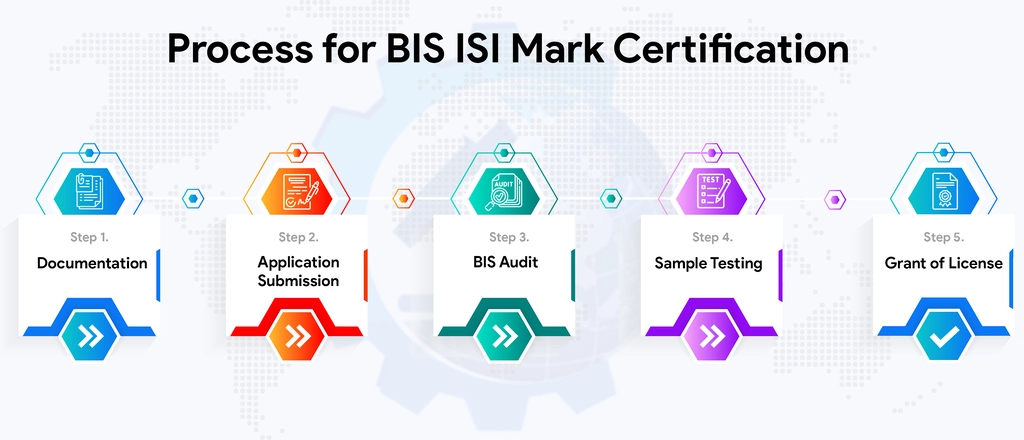
Note
For Detailed Information about the Procedure for BIS ISI Certification, Visit :
Timeline for BIS Certification
The approximate timeline to obtain BIS certification for Cross Recessed Drilling Screws under IS 18471 (Part 2): 2023 is:
- For Indian Manufacturers (Standard Timeframe – 30 days)
- For Foreign Manufacturers (Standard Timeframe – 180 days)
Conclusion
BIS certification under IS 18471 (Part 2): 2023 is a mark of quality and compliance, ensuring the reliability and performance of Cross Recessed Drilling Screws with Tapping Screw Thread. For manufacturers, this certification is critical for market access and adherence to regulatory standards, showcasing their commitment to delivering high-quality products. By adhering to IS 18471 (Part 2): 2023, manufacturers provide dependable, efficient, and durable fastening solutions, contributing to the integrity and safety of various applications. For more updates and detailed procedures, stay connected with Aleph INDIA and ensure your products meet all regulatory and quality standards.
Frequently Asked Questions
International Audits & Participation
Testimonials
BIS REGISTRATION FOR ELECTRONIC & IT PRODUCT
In the era of globalization, world trade is growing rapidly and henceforth, Manufacturing and Import/Export businesses are also growing drastically...View More
BIS CERTIFICATE FOR FOREIGN MANUFACTURER
The Economy of India-the fastest developing economy on the globe with the capabilities that help it matches up with the biggest international...View More
PRODUCT CERTIFICATION SCHEME (ISI MARK) FOR DOMESTIC MANUFACTURERS
Anything a person buys from food to cars, clothes to electronics, branded to unnamed products there is always a question that wanders in one’s...View More
WIRELESS PLANNING AND COORDINATION (WPC)
WPC: Wireless means communication done from one point to another point without the wires and cables. Electromagnetic waves carry the ...View More
BUREAU OF ENERGY EFFICIENCY (BEE) CERTIFICATE
BEE CERTIFICATE: Energy is the future, and its conservation is the way of the bright future. Everyone claims the environment is important...View More
E-WASTE MANAGEMENT
E-waste is one of the world's fastest-growing trash streams. We currently manufacture almost 50 million tones of it each year...View More
View All Services
Request a call back.
Would you like to speak to one of our Senior Technical advisers over the phone? Just submit your details and we’ll be in touch shortly. You can also email us if you would prefer.


